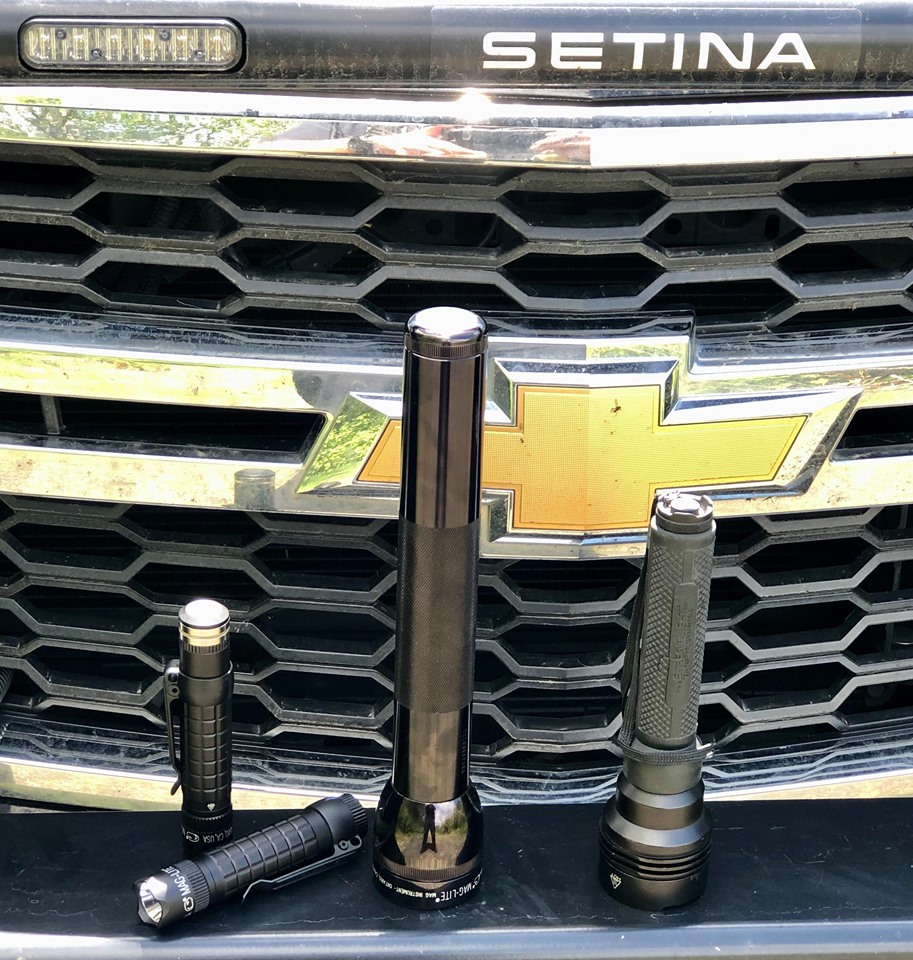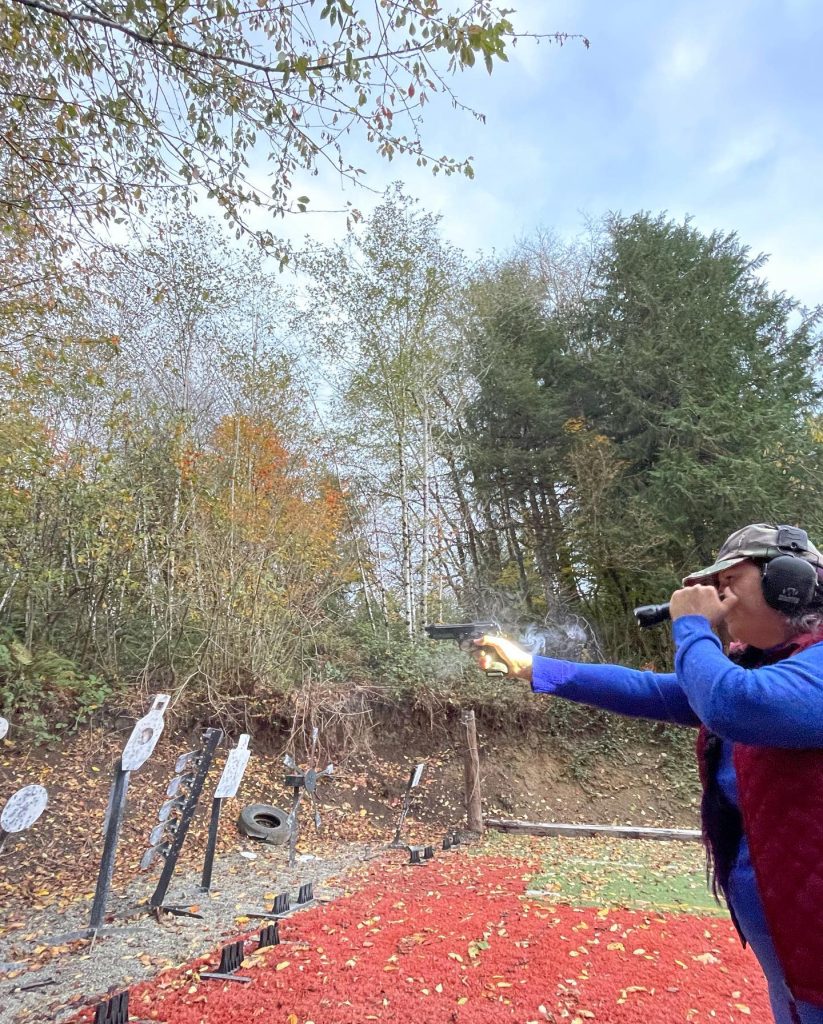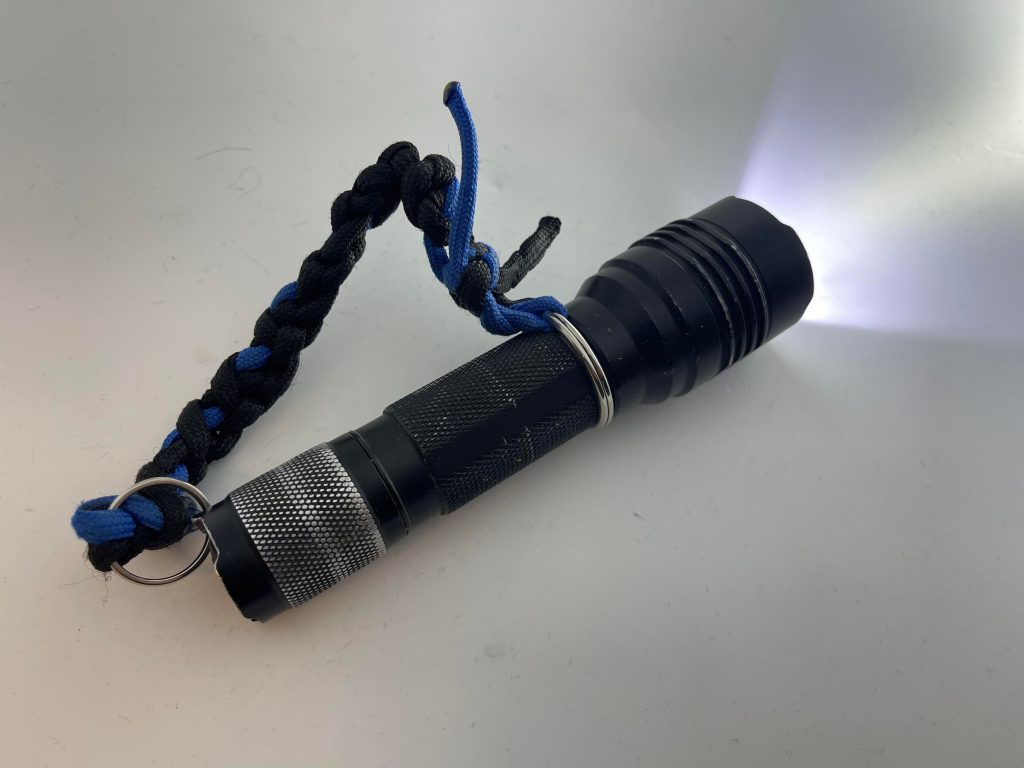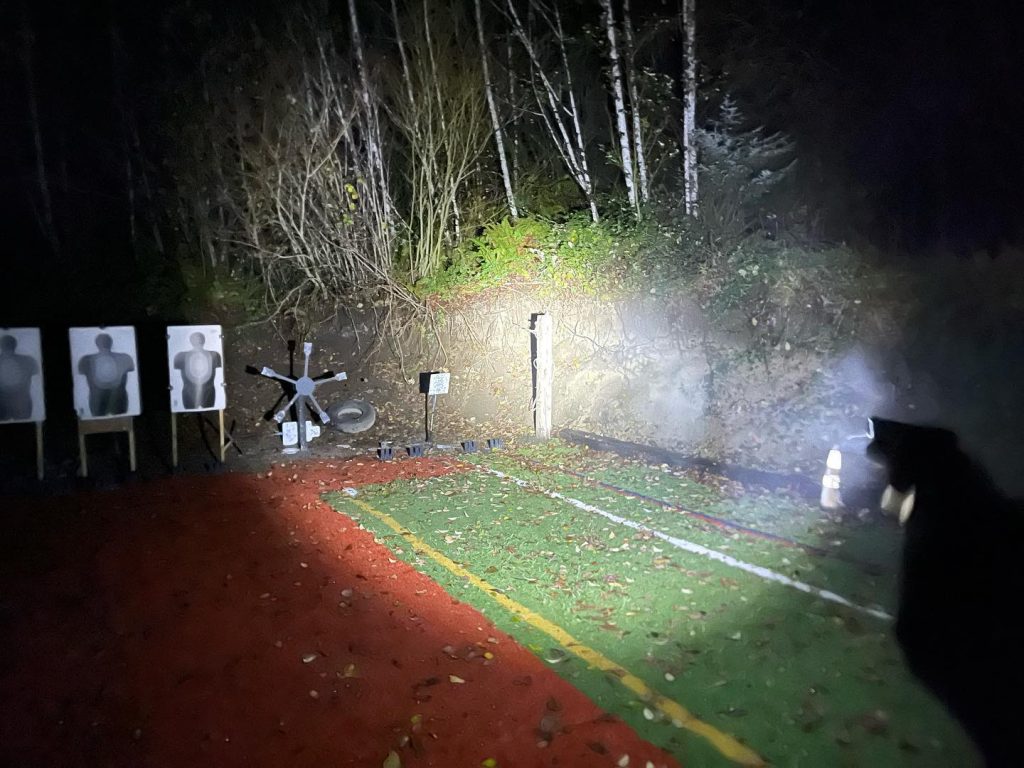To identify your threat or not is not an option.
Most violent offenses occur in low-light conditions. Take for instance the UCR Law Enforcement Officers Feloniously Killed statistics for 2019 and you’ll find of the 48 victims identified, 13 of those 48 incidents were in daylight conditions. The remaining 35 incidents were in dark, dawn, dusk, or artificial light conditions. Looking at the same report for those assaulted, the largest percentage of assaults were during low-light conditions as well. The vast majority of incidents occurred between 8:01 p.m. to 10 p.m. While these statistics are specific to law enforcement, most of these incidents were law enforcement responding to calls for service. Low light conditions is when the need was present!
Identifying your threat via a flashlight is essential!
An Essential Piece of Equipment
Having a home defense flashlight is an essential piece of equipment. “A” flashlight ends up really meaning a couple of flashlights, not just one! The phrase, “1 is none, 2 is one, 3 is desired” has been heard by some of us and I strongly believe that it applies to a home defense situation.
That 1st flashlight needs to first and foremost be a high-quality handheld flashlight. The 2nd flashlight could be a great quality pistol or rifle mounted light. The 3rd light would be for if all else fails and Mr. Murphy comes to visit. Murphy likes to come and visit.
One of the most underestimated pieces of kit you can have is your flashlight. Have a flashlight and know how to use it with your other tools, it can be quite the advantage.
Battery Types
Rechargeable platforms vs. standard batteries is up to the user but here are some pros and cons for you to consider. According to Lou Desmond of Maglite, “you need both!”
If the flashlight you are selecting needs to be used for many purposes, consider a light such as the MagLite ML300L4D LED. This light, though larger than most LED lights you might consider, is a long-life large battery-operated flashlight that serves as a home defense tool, a long-term lantern for a natural disaster, a light to look for your missing dog in the middle of the night or more. The ML300L4D LED uses four D-Cell batteries and Maglite suggests you use an alkaline type of battery. While typically I prefer a lithium battery and compact size light, if you are choosing just one light for many jobs, this is a great start.

When thinking of flashlights, don’t just think about ideal conditions where the power is working, that isn’t always the world that we live in. When that natural disaster occurs, the duration of time you may need to defend your home might be a considerable amount of time. For situations like this, you want a disposable and long running battery light source.
If you have the luxury of more than one flashlight to meet your needs, consider getting two handheld flashlights. Get a high-quality small flashlight like the Mag-Tac LED flashlight. This light is available with a rechargeable platform, or a lithium battery powered platform.
Size Matters
Can you shoot with it?
Can you stow it or hold it while fixing the gun, opening a door, reloading, or otherwise?
Get some training specific to low-light shooting! The skills of shooting in low light is something many assume they will be able to do. That is an assumption that is very wrong and a skill that needs to be learned and practiced.

Options for the Light
A great light for home defense needs to have a way to stow it. Stowing it might be a simple task of placing it under your arm, placing it in a holster, hanging from a lanyard, or retained on a loop on your finger but you need to have a way to stow it.

Tasks such as opening a door, fixing a malfunction, reloading the pistol, or a variety of other tasks might need to occur. Doing those tasks while holding a pistol or rifle in the other hand can cause complexity.
An inexpensive solution to this problem can be some paracord and drilling a hole in the flashlight rim.
Where’s the Switch?
Whatever handheld light you choose, consider the location of the switch and how you will be holding it with your pistol while shooting if the need arises. My preference is a tail cap switch with modes for being momentary or constantly on along with a way to run at a less bright setting to extend battery life if the situation calls for it. While that bright light is great, having the ability to have less lumens and an increased run time of 18 hours in a small handheld flashlight is a wonderful feature.
Regardless of whether you like the switch on the body of the light or on the tail cap, be sure that the light has the ability for momentary on.
How Bright Should You Go?
Super high lumen flashlight in a house can be a problem – most home interior walls are white or at least light colored. If you point a high-lumen flashlight into an enclosed space, the refraction from the light is going to be detrimental to your vision and make it harder to see things. Are they great for shining in someone else’s eyes and disorienting them, yes they are.
How bright your light is varies by the situation you are in. Speaking with Maglite, Lou Desmond recommended that users seek out a light that is something in the neighborhood of 60 to 350 lumens for in the home purposes. “In the 70’s we were excited about the brightness of the 60 lumen flashlight!” Lou added that, “how you focus your beam can be just as important as how bright your light is. How well does that light throw and make things useful at what distance?”
Brightness is measured in lumens. The type of beam you use can really make a difference. I’m not a fan of spotlight only beams for home defense, but I do like a spot/flood combo beam that works great for in my backyard as well as it does shining down a hallway or illuminating a big room.

Overall brightness selection tends to be a point of argument for people. Brighter usually is more expensive and consumes batteries more quickly but brightness can be a tool in and of itself for incapacitating an aggressor. If you are blinded, it is difficult to attack someone. The problem with going too bright is it is easy to blind yourself as well.
Training can mitigate most of these problems with knowledge of how to cast light and dominate a space with light. I don’t recommend you do a building search with your flashlight and firearm, that takes much more training and risk and should be left to law enforcement while you execute your home defense plans.
Holsters
Holsters can be more difficult to find for some pistols when you have a weapon mounted light installed but they can be found. Remember, this is a home defense flashlight so why do you even need a holster?
Most Importantly
Whatever light or lights you select, get some training and practice with it. You are going to be in trouble if the first time you try to hold a flashlight and a loaded pistol occurs while under stress of someone breaking into your home and you are in the dark.
Willapa Firearms Training offers the NRA’s Basic Personal Protection in the Home courses as well as private training, including low-light pistol and rifle training at our private range in SW Washington, Raymond.
